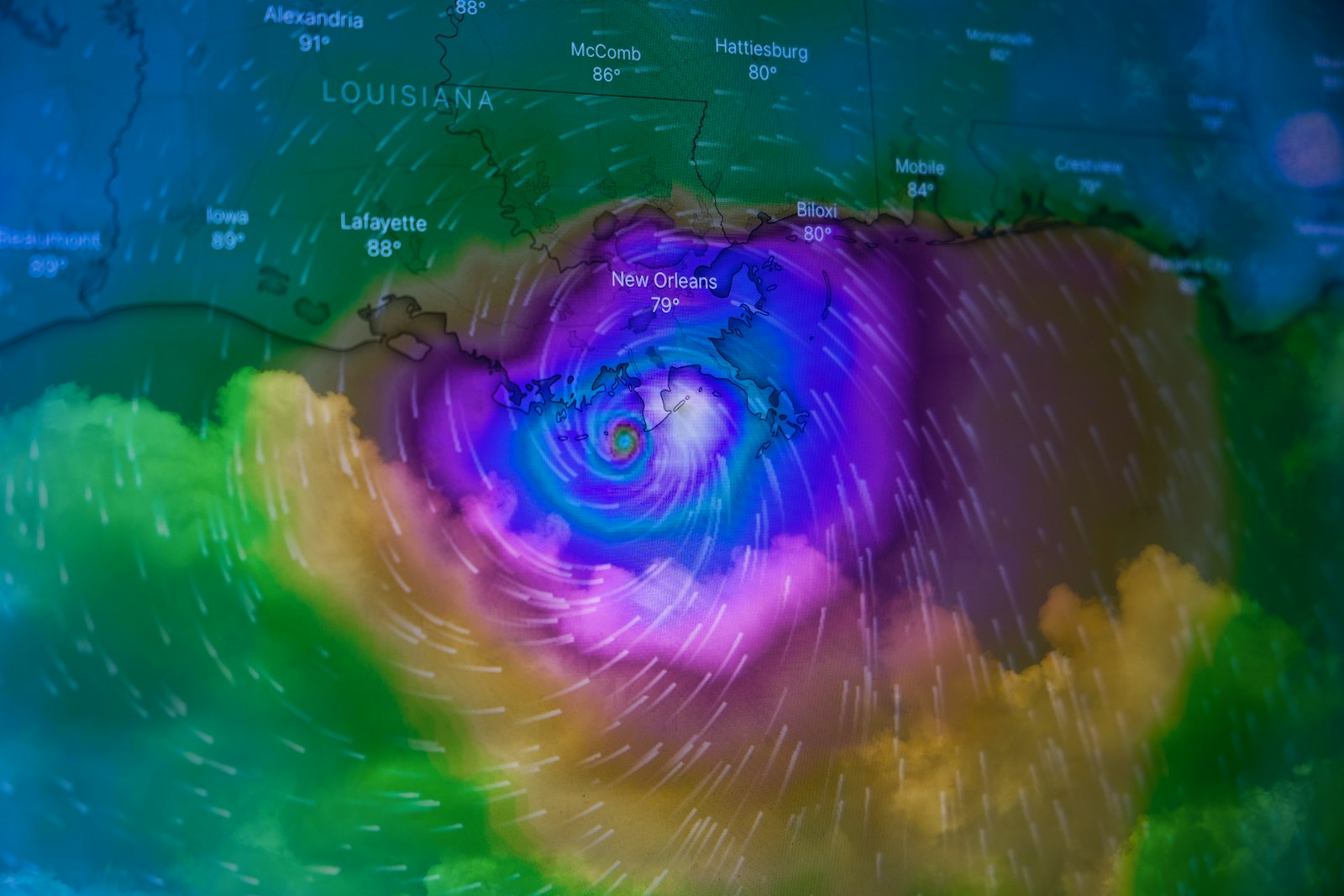Against the backdrop of a hurricane season that has already produced nearly 20 Atlantic cyclones, Commerce Undersecretary Richard Spinrad, head of the National Oceanic and Atmospheric Administration (NOAA), testified this week that science is the first pillar of NOAA’s mission to understand and predict changes in climate and weather and their impact.
Lawmakers on the House Science Subcommittee on the Environment approved of his message and signaled bipartisan support for new investments in detection and warning systems. “NOAA and the scientific enterprise overall took a beating over the last several years when it came to upholding scientific integrity,” said Subcommittee Chair Mikie Sherrill (D-NJ).
Noting that Hurricane Ida recently caused flooding across her district in New Jersey, Sherrill emphasized the need to support NOAA’s research and forecasting work to improve lead times for extreme weather and evacuation alerts. Among the resources Sherrill cited as important to NOAA’s future were high-performance computing capabilities to conduct research and run Earth systems models.
NOAA’s budget request for fiscal year 2022 includes $855 million to spur new research and develop products to better understand climate risks and decision-making. Another $149 million will go toward understanding climate timescales through collaboration with academic institutions and other federal agencies. Additionally, $362 million will improve observational technologies to track climate, weather, and other conditions.
In April, NOAA announced that Raytheon will develop the Earth Prediction Innovation Center, which will partner with academia, federal agencies, and private industry to create a comprehensive Earth modeling and forecasting system. Spinrad stressed the importance and impact of understanding the climate to improve weather forecasting.
“This improved understanding will lead to more opportunities for NOAA, our federal partners, and the private sector to create new products that will enable communities and businesses to adapt to climate change,” Spinrad said in his opening statement.
Spinrad also expanded on the need for hyper-localized climate information to mitigate climate threats on a community level.
“The demand for this information is already creating new opportunities for innovation, both within NOAA, between NOAA and other federal agencies, and in the private sector,” Spinrad said.
Technologies already created in response to this demand include NOAA’s Sea Level Rise Viewer, FEMA’s National Flood Hazard Layer, and OceanReports, a web-based tool developed by NOAA and the Bureau of Ocean Energy Management to help plan for offshore energy and climate resilience in marine communities.
Spinrad mentioned that tailored climate technologies like these are an emerging part of what he called the “blue economy,” which entails leveraging the data from the ocean and applying it to sustainable economic development.






